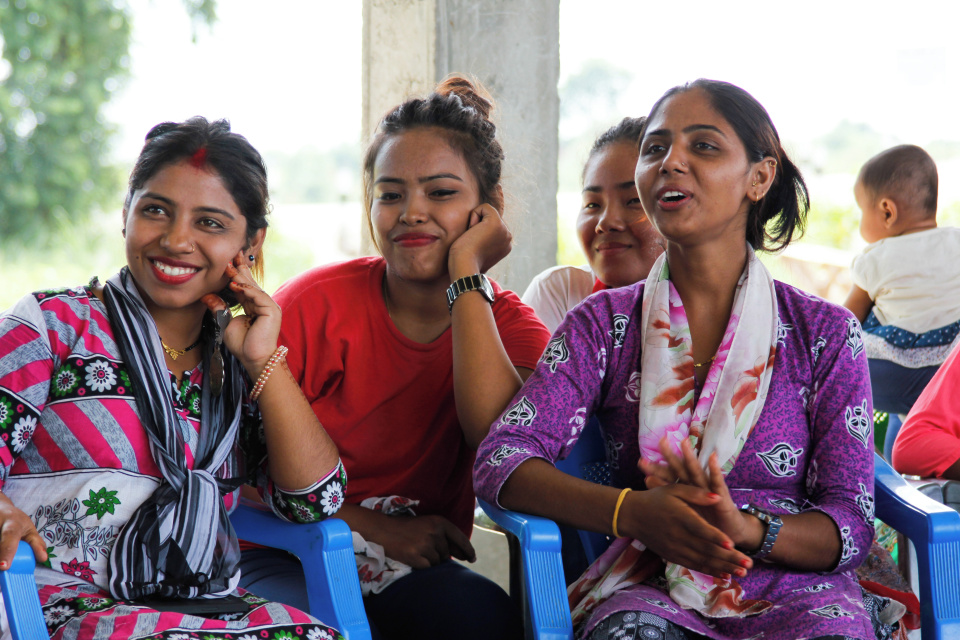-
Types of scale
Vertical – Embedding approaches within institutional frameworks.
Horizontal – Expanding an intervention to new contexts often through adaptation.
Functional – Adding to existing programmes and/or services.
Organisational – Forging new partnerships and improving capacity of organisations.
In setting ambition to scale up efforts to prevent GBV, we need a shared understanding of what is meant by ‘scale’ and which pathways are effective, how to apply feminist-informed and evidence-based approaches in practice, and what is needed to build the infrastructure for scale-up. We reflected together on different approaches or platforms for scale-up, including expanding small-scale evidence-based interventions, the role of women’s rights organisations and movements, integration of GBV prevention into sector platforms, the use of mass media and digital as a platform for scale, implementation of national and local action plans, and supporting a wider enabling environment for prevention. These are discussed below.
At the same time, whilst we now have a solid evidence base on the prevention of GBV, we need to continue to resource the generation of new knowledge to build nuance in the field. Alongside research studies, there was recognition of the importance of storytelling and practice-based knowledge base on violence prevention from diverse voices and overcoming language barriers that restrict inclusion.
Expanding small-scale evidence-based interventions
To date, the majority of evidence available on effective approaches has been sourced from rigorous evaluations of small-scale interventions. Whilst these have been crucial additions to the evidence base, key gaps remain on how to take such interventions to scale, for example through expanding reach or adaptation for new settings. In particular, we don’t yet know enough about how to effectively adapt, expand or deepen an intensive intervention successfully in a way that is faithful to the key tenets of the programme design, is cost-effective, and follows feminist principles.[1]
It was noted that not all interventions that have been evaluated have been developed with scale in mind and some are difficult to scale up (high cost per person, intensive curriculum etc). We need to design approaches with scale in mind from the outset – for example, those that deliver change at the community/population-level not only among individuals and households. There are examples of effective evidence-based approaches being taken to scale, such as SASA!, which focuses on community mobilisation to prevent violence against women and girls. This model is now being implemented across 50 countries by 75 different organisations with adaptations made across different contexts. However, organisations need to be supported to take this work to scale and be well-resourced to do so.
Pressure to expand reach with quick results can push forward interventions that are not adequately adapted to the needs of a given context, or that drop some of the core elements that contribute to a model’s effectiveness, contributing to ineffective programmes. Instead, funders need to shift towards transforming gendered power relations for the long-term, investing in learning about effective components and pathways to change (rather than effective models), and building organisational capacity for scale.
[1] What Works to Prevent Violence Programme. (2023). Practice-based lessons for feminist, ethical, and evidence- based violence against women and girls prevention at scale (By C. Ullman, T. Musaya, & A. Kerr-Wilson). What Works 2 Programme.
